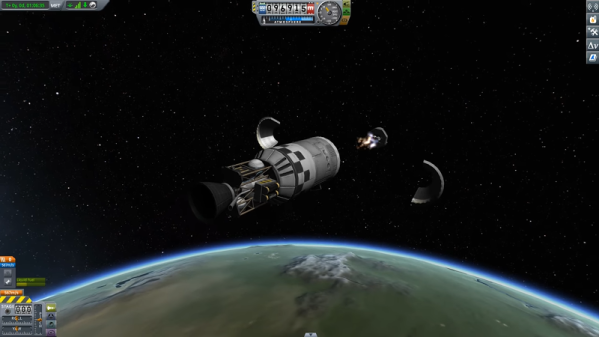We take orbital imagery for granted these days, but there was a time that it was high technology and highly secretive. [Scott Manley] has a good overview of the CIA’s Corona spy satellites, along with declassified images from the early days of the program.
It seems strange today, but the spy images needed high resolution and the only practical technology at the time was film. The satellite held a whopping 3,000 feet of film and, once shot, a capsule or bucket would return to Earth for retrieval and development. They didn’t make it to land — or at least they weren’t supposed to. The CIA didn’t want opponents sweeping up the film so an airplane was supposed to snag the bucket as it descended on a parachute, a topic covered in [Tom Nardi’s] article about the history of catching stuff as it falls from space.
The early cameras could see detail down to about 40 feet. By the end of the program in the 1970s, improved cameras could see down to 3 feet or less. Later satellites had a 3D-capable camera and multiple return buckets. The satellites were — officially — a program to expose biological samples to the space environment and return them for analysis. The Discover program was pure cover and the whole thing was declassified in 1992.
Of course, film from airplanes also had a role. Some spy satellites tried to scan film and send the data back, but that saw more use on lunar missions where returning a capsule to Earth was a lot more difficult.
Continue reading “The CIA’s Corona Project Was About Satellites, Not A Virus”












